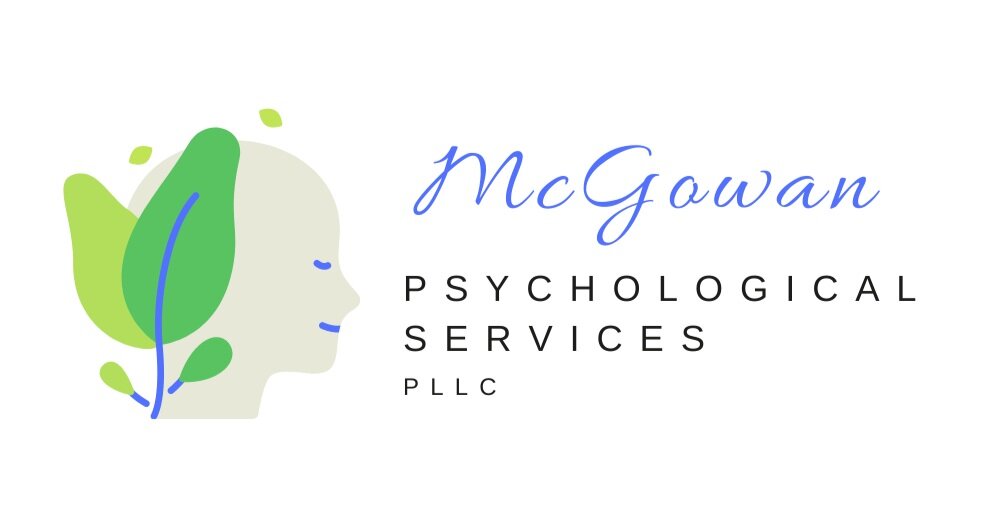An Introduction to Trauma and Post-Traumatic Stress Disorder
Written by: Sean McGowan, PsyD, ABPP
Experiencing a traumatic event is common and this experience, for some, can lead to the development of a debilitating condition called posttraumatic stress disorder (PTSD). According to the National Center for PTSD, approximately six out of 10 men and five out of 10 women will experience a traumatic event during their lifetime (click here for more information). But, what is a traumatic event? A traumatic event is any experience where an individual is exposed to actual or threatened death, serious injury, or sexual violence (APA, 2013). Some examples of traumatic events include experiencing combat, a natural disaster, a motor vehicle accident, physical or sexual assault, being diagnosed with a life-threatening illness, or suicide of a loved one.
PTSD is characterized by four types of symptoms: intrusions, avoidance, changes in thinking and emotions, and hyperarousal. I’ll discuss each of these symptoms in turn. Intrusions are memories, thoughts, or nightmares about the traumatic experience that may repeatedly enter your mind at unwanted times. Avoidance is any strategy used by the individual to not think, talk, or re-experience the traumatic event. Although an understandable response to trauma, avoidance typically prolongs the person’s suffering. Helping someone who has been traumatized gradually approach the memories, thoughts, feelings, and sensations associated with the traumatic experience is a critical feature of most treatments for PTSD.
When someone experiences a traumatic event, that event sometimes changes the very way a person thinks about themselves, others, and their future. Following the event, the person may develop beliefs such as “I am worthless,” “Others can’t be trusted,” or “The world is completely dangerous.” If held onto long after the traumatic experience, these thoughts may begin to cause significant problems in the way a person feels, relates to others, or acts. Trauma-focused therapies typically focus on helping the traumatized individual experience and express their natural emotions, and develop more balanced and helpful perspectives on what they went through.
In addition to the development of unhelpful thought processes, a person who experiences trauma and has PTSD may also experience “hyperarousal” symptoms. Examples of hyperarousal symptoms include sleep problems, difficulty concentrating and paying attention, increased irritability, and strong responses to loud noises. Further, individuals with PTSD may feel more “on edge” as if the person can’t let down their guard and is prepared to fight or flee at the drop of a hat. They may also start acting in ways that are “out of character” by doing things that are more dangerous or reckless (e.g., driving well above the speed limit, provoking fights and altercations, using substances). One key goal in trauma-focused therapy is to help the person recognize these difficulties and find more effective ways to cope.
PTSD, if left untreated, can be a debilitating condition. It affects a person’s thought process, mood, behaviors, and relationships. Those close to the individual with PTSD are also affected by the person’s suffering, and may be acutely aware of the person’s fears and destructive ways of coping. Fortunately, there are multiple, effective treatments for PTSD, such as prolonged exposure, cognitive processing therapy, and psychodynamic psychotherapy. Although these treatments have a different focus and approach, each will help the person gradually face the memories of the traumatic event, create a more balanced perspective of what they went through, gain more awareness on how the event affects their daily lives, and develop more effective ways of coping and responding to reminders of the experience. Traumatic experiences also have a way to be connected with other upsetting experiences in one’s life, and unpacking this with the help of a therapist can be both relieving and clarifying. If you think you may have PTSD and are ready to discuss this experience in a safe, supportive context, please contact McGowan Psychological Services at 919-241-7972 for a free 15-minute, phone consultation. We are ready and prepared to help.
References
American Psychiatric Association. (2013). Diagnostic and statistical manual of mental disorders (5th ed.). Arlington, VA: Author.
**This blog is not intended as medical advice or provision of a diagnosis, and should in no way replace consultation with a medical or mental health professional. This is only my opinion, based on my background, training, and experience as a Licensed Psychologist.

